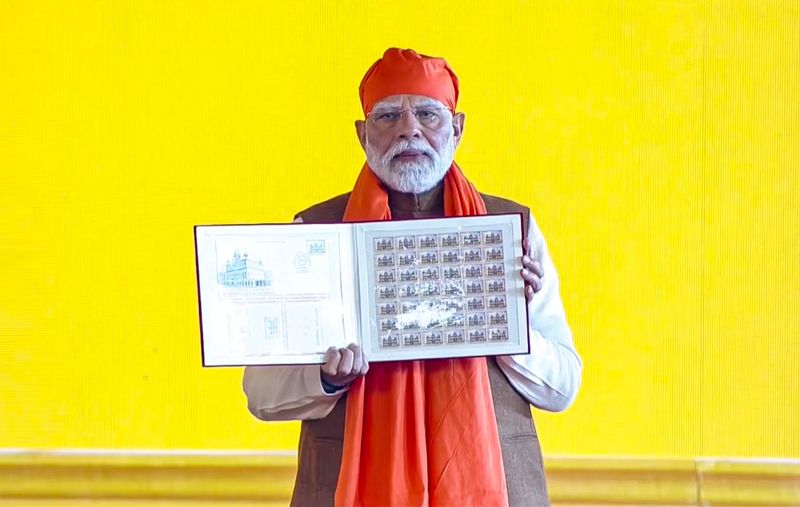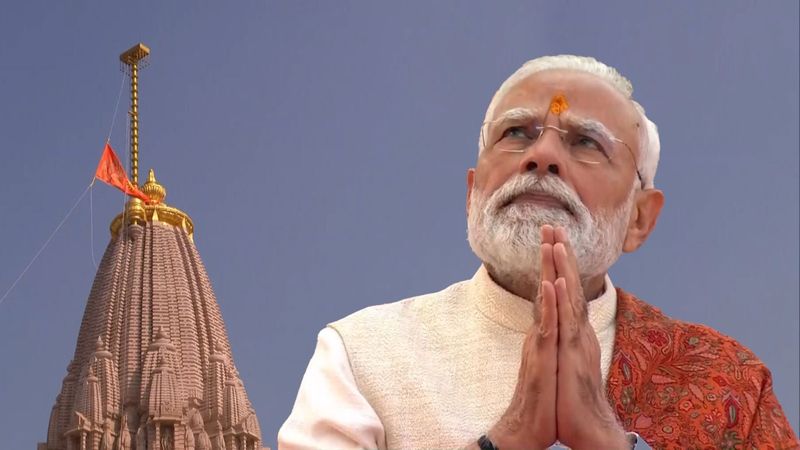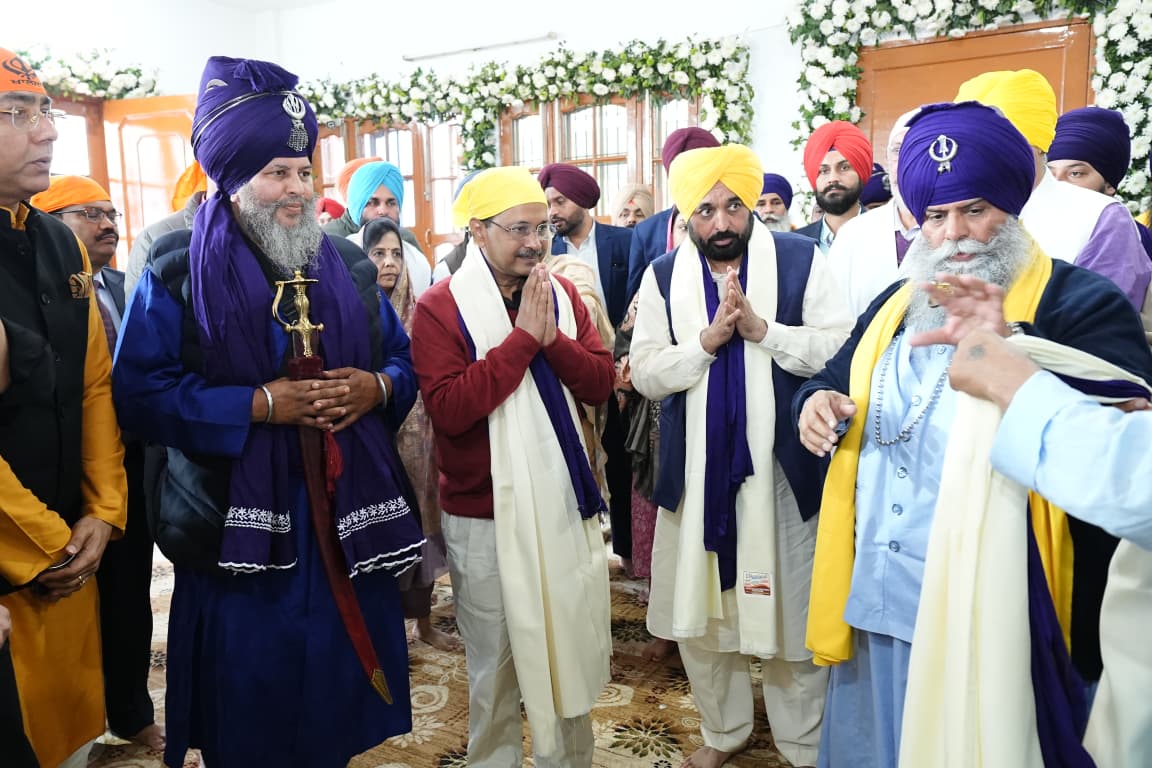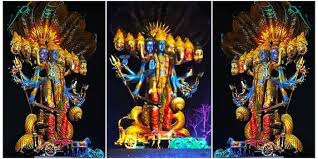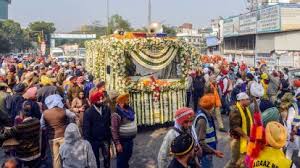Listen To This Post
Anandpur Sahib: As one enters the holy city of Shri Anandpur Sahib, the transformation is breathtaking. Preparations for the historic 350th martyrdom anniversary of Guru Tegh Bahadur have reshaped the town into an expansive spiritual landscape—an extraordinary fusion of heritage, devotion and state-of-the-art infrastructure. From illuminated forts and grand museums to sprawling tent cities and a full-scale replica of the Punjab Vidhan Sabha, every corner of the town reflects meticulous planning and deep reverence.
Virasat-e-Khalsa, the City’s Iconic Forts
The heart of Anandpur Sahib glows under warm golden lighting. Takht Sri Kesgarh Sahib, Virasat-e-Khalsa, the city’s iconic forts, heritage museums, public squares and the routes designated for nagar kirtans are lit with thematic installations depicting the life and sacrifice of Guru Tegh Bahadur. Strings of LED motifs narrating episodes from his spiritual journey line the streets. At the same time, heritage-style lamps lend a soft, devotional aura to the pathways, transforming the city into a living museum of Sikh history.
First-ever Session of the Punjab Vidhan Sabha on November 24, Outside Chandigarh
But among the many impressive arrangements, the most striking is the newly erected prefabricated Assembly complex at the Bhai Jaita Ji Memorial—a replica of the Punjab Vidhan Sabha in Chandigarh. Its grand façade stands ready to host the first-ever session of the Punjab Legislative Assembly outside Chandigarh on November 24, a moment that locals describe as “historic, emotional and unimaginable.” Workers continue to give finishing touches—fixing nameplates, polishing interiors, aligning seating rows—while layers of security fortify the perimeter.
Security arrangements across the city are unprecedented. Over 8,000 police personnel have been deployed, and checkpoints are in place at every central entry point. High-definition cameras track incoming vehicles, while facial recognition systems monitor crowds at sensitive points. The entire city has been divided into 25 security sectors, each mapped to sub-control rooms for coordinated response. Inside the Integrated Control Centre, digital screens flicker with IIT-Ropar’s real-time traffic-mapping dashboard, directing movements across 35 designated parking zones.
Holy City Runs With Clockwork Precision
On the ground, the holy city runs with clockwork precision. Continuous shuttle services link parking zones with the main venues. E-rickshaws ferry elderly devotees through narrow lanes, while mini-buses shuttle between Takht Sri Kesgarh Sahib, Virasat-e-Khalsa, the main pandal, and the tent cities. These tent clusters—“Chak Nanki Niwas” and “Bhai Mati Das Niwas”—span 81 acres and can accommodate 10,000 pilgrims. Their neatly numbered white lanes resemble temporary townships rising out of the fields. Meanwhile, the air reverberates with nagar kirtans from nearby villages, enriching the city’s spiritual pulse.
Evenings in Anandpur Sahib are set to become more dazzling. Preparations for the daily drone show at Virasat-e-Khalsa are in full swing. Technicians rehearse synchronised sequences that will narrate Guru Tegh Bahadur’s life through cutting-edge visuals—drones weaving patterns in the sky, laser projections and immersive soundscapes coming together to create a gripping tribute.
As dusk falls, the city is enveloped in a mystical glow. The illuminated skyline, the hum of devotional songs, and the steady flow of pilgrims together create a profoundly moving atmosphere. In every detail—from the heritage lighting to the digital surveillance grids—the preparations reflect an overwhelming sense of pride and devotion. Anandpur Sahib, on this historic occasion, stands not merely decorated but transformed—into a radiant homage to Guru Tegh Bahadur’s legacy of sacrifice, courage, freedom of faith and universal humanism.





